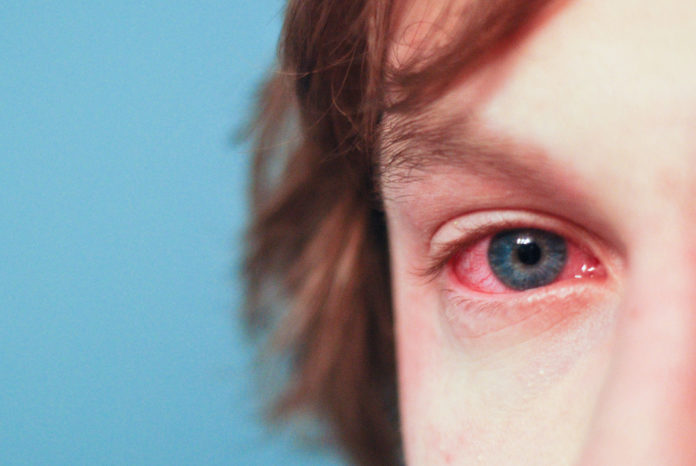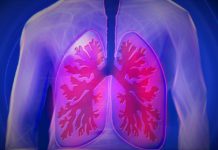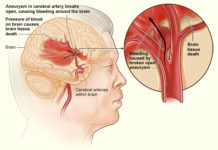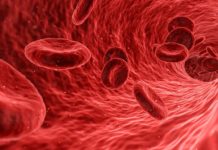
Guidelines for diagnosis and treatment of severe allergic reactions when there is no clear cause
Severe allergic reaction known as anaphylaxis often has no clear cause. For some it’s an allergy to food, for others it can be insect stings, medications, hormones or even physical factors like exercise. But according to the new “Idiopathic Anaphylaxis Yardstick”, there are people for whom diagnosis and treatment of anaphylaxis are difficult because the cause is unknown and therefore labeled “idiopathic.” The yardstick was published in Annals of Allergy, Asthma and Immunology, the scientific journal of the American College of Allergy, Asthma and Immunology (ACAAI).
“Although Idiopathic Anaphylaxis (IA) is relatively rare, medical professionals do run across it,” says researcher Melody Carter, MD, lead author of the yardstick. “Since avoidance is the first line of defense in preventing anaphylaxis, anyone who hasn’t had the cause identified is at a disadvantage, including physicians who are treating those with anaphylaxis. We developed the “Idiopathic Anaphylaxis Yardstick” to help physicians who might be searching for guidance on next steps after their patient has an anaphylactic reaction of an unknown origin.”
The yardstick contains a detailed discussion of the disorders that should be considered including alpha-gal, clonal mast disease, drug/alcohol induced flushing, tumor-related flushing and hereditary alpha tryptasemia syndrome
According to the yardstick, a patient history is a vital step in diagnosing IA. Several diseases and disorders have symptoms which mimic anaphylaxis related to an allergy, and some causes of anaphylaxis have been discovered or are better recognized in recent years. Thus, there are many diagnoses labeled as “differential” – not caused by allergy but a reaction to something else. The patient history must include events that happened just before the event – foods that were eaten, drugs taken, activities (ie, exercise) insect stings or exposure to heat or cold. The time, location and duration of the event should also be considered.
“Advances in diagnostics have led to the discovery of disorders that were likely the cause of IA for many patients in the past,” says allergist Phil Lieberman, MD, ACAAI member and co-author of the yardstick. “The yardstick contains a detailed discussion of the disorders that should be considered including alpha-gal, clonal mast disease, drug/alcohol induced flushing, tumor-related flushing and hereditary alpha tryptasemia syndrome. We outline diseases and disorders that can cause anaphylaxis or present with symptoms associated with anaphylaxis in order to assist allergists in examining a broad spectrum of possible causes. We also discuss laboratory tests that are essential diagnostic tools.”
The guideline has special sections that address pediatric patients and also provides suggestions for how to proceed with patients who don’t respond to other treatments.
For guidance on next steps for treating your patient with anaphylaxis, check the yardstick.









